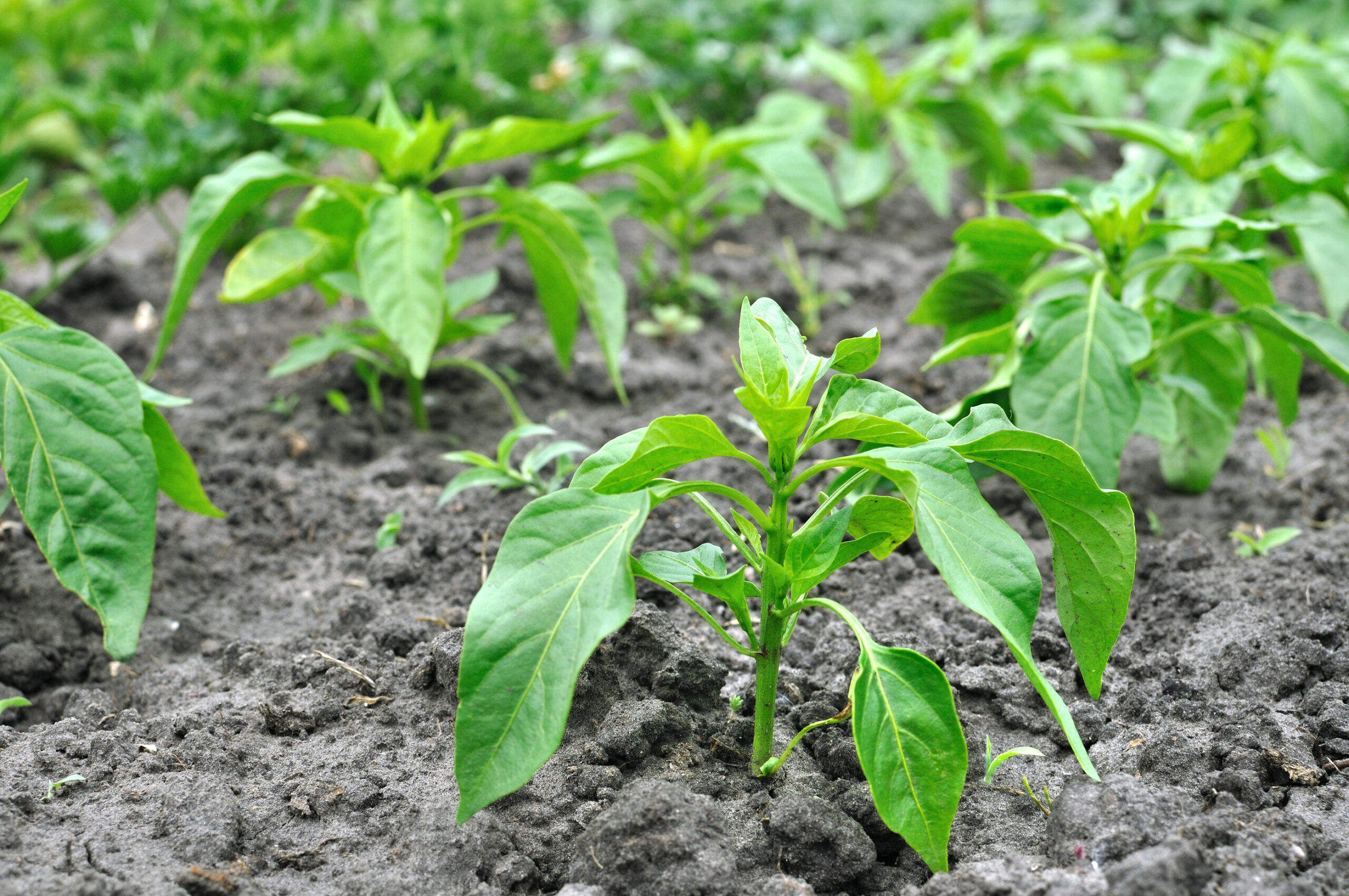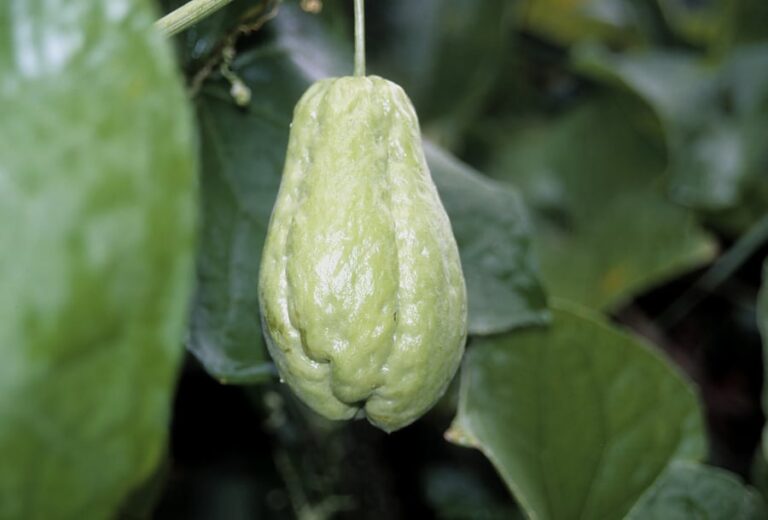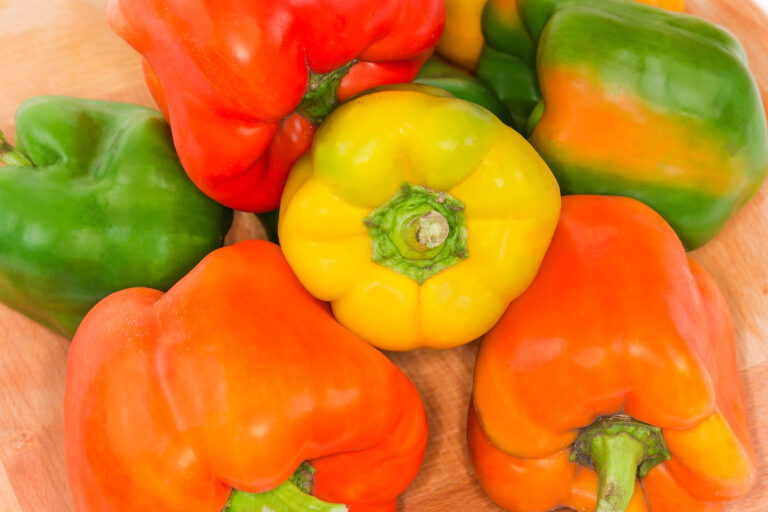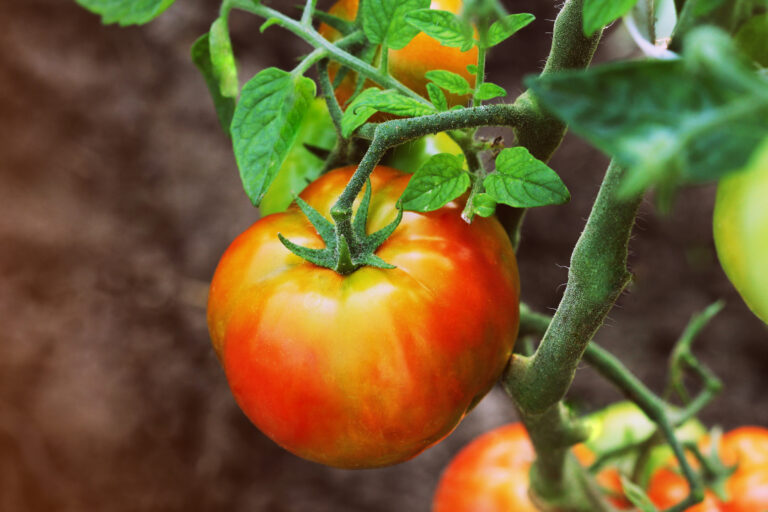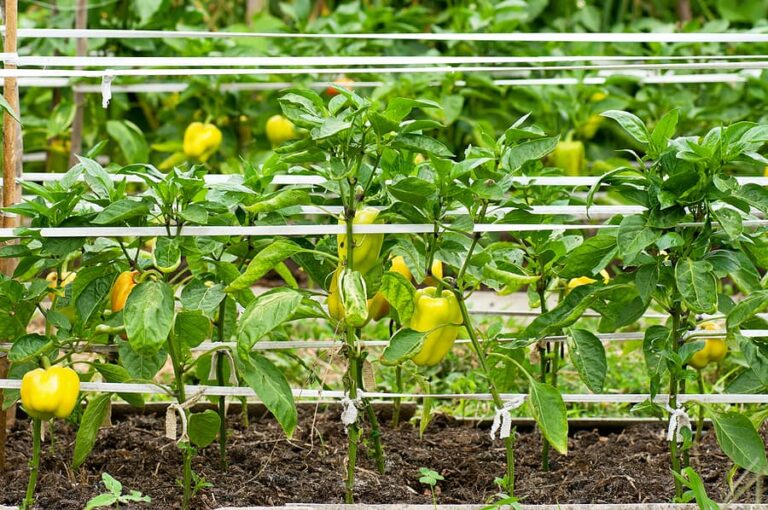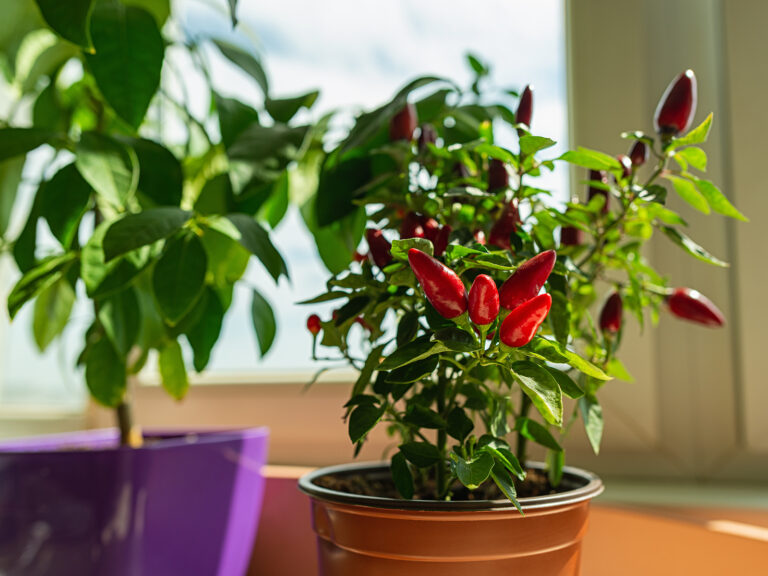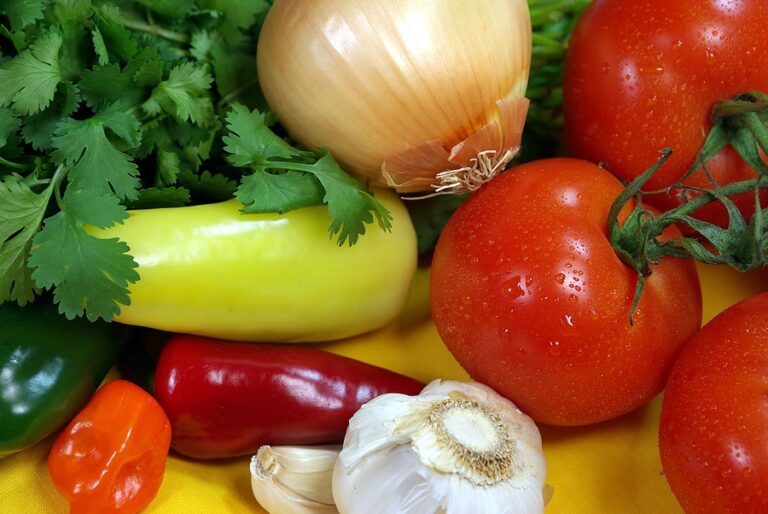When and How to Transplant Pepper Seedlings Outdoors
Over the years, I’ve learned that transplanting pepper seedlings at the right time and under the right conditions can make all the difference in achieving a strong, productive harvest. When I first started growing peppers, I made plenty of mistakes—transplanting too early, failing to harden off seedlings properly, or planting them in soil that wasn’t warm enough. These missteps led to weak plants, stunted growth, and delayed fruiting.
Now, after decades of growing sweet and hot peppers in various climates and conditions, I’ve fine-tuned a transplanting process that gives my plants the best possible start. Timing, soil preparation, and acclimating seedlings to outdoor conditions are all key factors in ensuring a smooth transition from indoor seed trays to the garden. In this guide, I’ll walk you through the best time to transplant, how to harden off your seedlings, and the steps I take to ensure my peppers thrive once they’re in the ground.
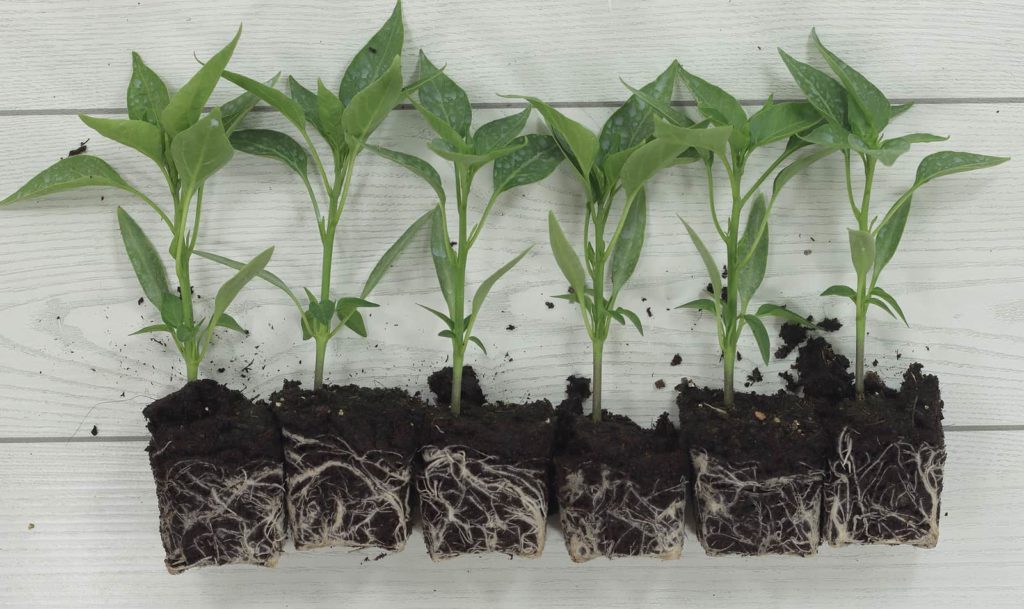
When to plant pepper seedlings outdoors
Don’t rush peppers into the garden; don’t plant peppers at the same time you plant tomatoes. Wait! Nighttime temperatures should be above 60°F and never fall below 55°F. The soil temperature should be 65°F or greater in the morning before you transplant peppers into the garden.
Set plants out when the soil temperature is 60°F to 70°F is better. Do not rush peppers into the garden until the soil is warm. They will not do well if the soil is cool. You can warm the garden bed by covering the ground with black plastic mulch or sheeting for two weeks before transplanting. If the weather is not settled, peppers will benefit from the protection of floating row covers–this will keep the heat in and the bugs out. Keep peppers covered until daytime temperatures average in the mid-80°sF.
Harden off pepper starts before transplanting them into the garden. Put seedlings in a warm, sheltered place outdoors for a few hours each day to harden them off; do this for 10 days before transplanting. Don’t transplant peppers out until overnight temperatures are greater than 60°F; if your peppers are in the garden sooner be sure to cover them with a floating row cover.
Give peppers a good boost at planting time. At the bottom of the planting hole add a handful of compost along with a teaspoon of 5-10-10 (or like percentages) fertilizer mixed with some soil as a buffer between the new roots and fertilizer. Set peppers in a hole about six to eight inches deep and space plants about 15 inches apart–so that the leaves just touch at maturity.
Pepper seedling planting dates
Plant pepper seedlings in the garden 2 to 3 weeks after the last frost in spring. Start pepper seeds indoors 8 to 10 weeks before setting transplants in the garden. Don’t set out pepper seedlings until the average night temperatures are 55°F (13°C).
You can set pepper seedlings in the garden earlier if they are protected from the cold by a plastic tunnel or other season-extending devices.
(These dates are for the Northern Hemisphere)
| Average date of the last frost | Planting dates |
| Jan. 30 | Feb. 1-Apr. 1 |
| Feb. 8 | Feb. 15-Apr. 15 |
| Feb. 18 | Mar. 1-May 1 |
| Feb. 28 | Mar. 15-May 1 |
| Mar. 10 | Apr. 1-June 1 |
| Mar. 20 | Apr. 10-June 1 |
| Mar. 30 | Apr. 15-June 1 |
| Apr. 10 | May 1-June 1 |
| Apr. 20 | May 10-June 1 |
| Apr. 30 | May 15-June 10 |
| May 10 | May 20-June 10 |
| May 20 | May 25-June 15 |
| May 30 | June 1-15 |
| June 10 |
Peppers temperature sensitivity
Peppers drop blossoms when temperatures exceed 90°F. Peppers are particularly sensitive to temperature at flowering time. There will be poor fruit set if nighttime temperatures fall below 55°F or rise above 75°F. Peppers will drop their blossoms if daytime temperatures rise above 90°F. And if the fruit has already set, these same temperatures will delay fruit development. In very warm summer regions, planting peppers where they will be shaded during the day is the best course.
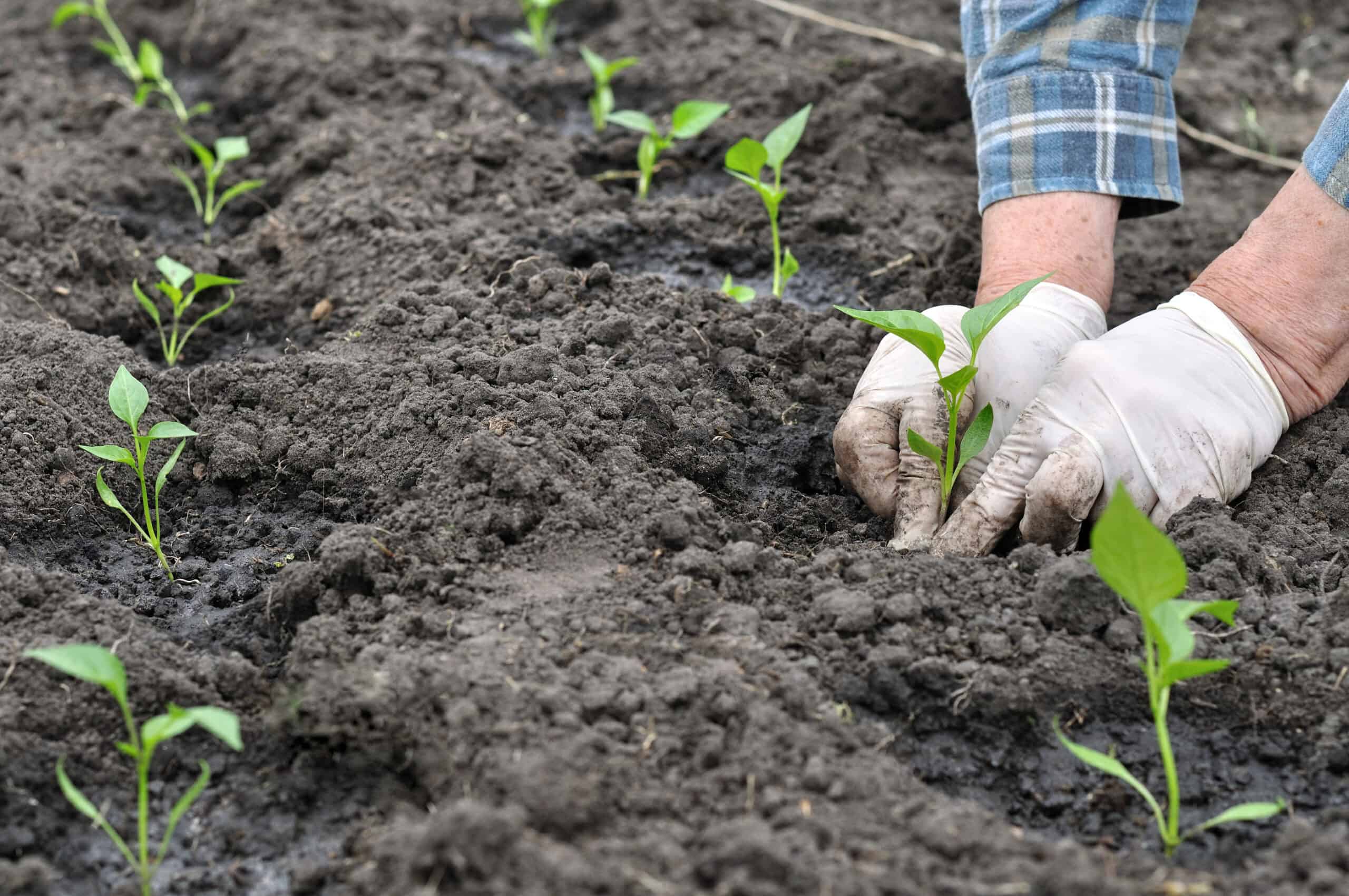
Planting peppers outdoors
Peppers prefer deep, aged-compost–rich soil. If your soil is heavy with clay, grow peppers in a raised bed, adding loam and sand. Peppers grow best in sandy loam that is well-drained and fortified with a lot of organic matter such as aged compost. Plant peppers in full sun. Keep the soil evenly moist from flowering through harvest.
Growing peppers in your native soil: add at least 2 inches of aged compost across the planting bed and sprinkle with 5-10-10 organic fertilizers, then turn the soil to at least 18 inches deep. (Soil that is too rich with nitrogen will produce plants with luscious foliage but few flowers and fruit.)
- Transplant peppers into the garden 2 to 3 weeks after the last frost in spring when the soil temperature has risen to at least 65°F (18°C).
- Young peppers transplanted should be 4 to 6 inches (10-15cm) tall.
- Plants started indoors should be acclimatized to outdoor temperatures before transplants. Set plants outdoors for a few hours each day before transplanting them to the garden.
- Sweet and hot peppers grow best in air temperatures of 65° to 80°F (18-26°C).
- . The ideal temperature for sweet peppers is a daytime temperature of around 75°F (24°C).
- and a nighttime temperature around 62°F (172°C).
- Grow peppers in full sun. Peppers should get 8 hours of sun each day.
- Plant peppers in soil rich in organic matter. Work aged-garden-compost or commercial organic planting mix into beds prior to planting.
- The soil should be moisture-retentive but well-draining. Slightly sandy or loamy soil is best.
- Pre-warm the soil before transplanting by placing black plastic over the planting bed for two weeks prior to transplanting peppers. The plastic will transfer solar heat to the soil.
- Set transplants in the garden at the same depth they were growing in the container. Do not plant deeper; the buried stem may rot.
- Peppers prefer a soil pH of 5.5 to 6.8.
- Avoid planting peppers where another nightshade (Solanaceae) family crop has grown recently—tomatoes, potatoes, and eggplants. These crops can be attacked by the same pests and diseases.
Pepper transplanting tips
Feed peppers at transplant time. Dig a hole about 6 inches deep, add a 2-inch layer of aged compost and a handful of 5-10-10 organic fertilizer—mix this well at the bottom of the hole. Then set the plant in the hole.
Adding rock phosphate to the bottom of the planting hole at transplant time will help prevent blossom end rot.
Set peppers seedlings in the transplant hole slightly deeper than the soil level. If your seedling is in a peat pot be sure to bury the entire pot; peat pot material left above the soil level will act as a wick drawing water from the plants and may kill them. Heal in your transplants.
Purchasing pepper seedlings
- Pepper seedlings in 4-inch pots available at the garden center will be about 8 to 10 weeks old.
- If you grow peppers from purchased seedlings, choose the healthiest, strongest young plants. Look for foliage that is dark green and unblemished.
- Choose plants that are well-branched, dense, and compact. Avoid plants that are tall and leggy.
- Avoid pepper plants with flowers or fruits unless it is mid-to-late season. Plants with flowers and fruits will be slow to establish after transplanting.
Plant transplants with strong stems and dark green leaves. Watch out for leggy or spindly plants; they may not have had enough light getting started. Avoid pepper seedlings with blossoms or fruit. Pepper seedlings need to conserve their strength while they develop roots. The root system of a pepper seedling is not strong enough to support flowers and fruit while it is getting started in life. When you buy starts at the garden center, look for plants with stout stems, dark green leaves, no flowers or fruit, and no blemishes. These plants are the healthiest.
🌶 Peppers Growing Hub
Start here:
- How to Plant and Grow Hot Peppers: A Gardener’s Guide to Spicy Success
- How to Grow Sweet Peppers: A Gardener’s Guide to a Bountiful Harvest
Getting Peppers Started (general prep)
- Seed Starting Peppers: Proven Method for Strong, Healthy Plants
- Soil Preparation for Peppers: The Secret to Strong Roots and Big Harvests
- Best Hot Pepper Varieties to Grow for Salsas, Sauces, and Drying
- Best Sweet Pepper Varieties to Grow
- World’s Hottest Peppers You Can Grow in Your Garden
- The Science of Pepper Heat: Understanding Scoville Units
- Growing Peppers Indoors Under Lights
- Companion Planting with Peppers: Best and Worst Neighbors in the Garden
Planting & Growing Peppers
- When and How to Transplant Pepper Seedlings Outdoors
- 10 Steps to Grow a Bumper Pepper Crops
- How to Grow Hot Peppers in Containers: Tips for Small Spaces
- 7 Tips for Growing Peppers in Pots
- How to Grow Colored Bell Peppers: How to Get Reds, Yellows, and Oranges
- Cross-Breeding Hot Peppers at Home: A Beginner’s Guide
- How to Water & Fertilize Sweet Bell Peppers for Maximum Yield
- Pruning Pepper Plants for Healthier Growth and Bigger Harvests
- Six Tips to Grow Peppers for Flavor
- Pepper Season Extension & Overwintering: How to Keep Plants Producing Longer
Pepper Care & Troubleshooting
- Pepper Pests, Diseases, and Problems—How to Fix Them Naturally
- Caring for Peppers: Mid-Season Problem Cures
- How to Increase the Heat of Hot Peppers Naturally
- Overwintering Pepper Plants Indoors
- How to Overwinter Pepper Plants in Any USDA Zone
Harvesting & Preserving Peppers
- When to Harvest Hot Peppers for Maximum Heat
- How to Harvest Sweet Peppers for the Best Flavor
- How to Preserve Hot Peppers: Drying, Fermenting & Pickling
- How to Ripen Green Peppers Indoors
- Saving Pepper Seeds for Next Year’s Crop
Cooking & Using Peppers
- Preparing and Serving Sweet Peppers – Harvest to Table
- Five Ways to Cook and Serve Chili Peppers
- Stuffed Peppers: Best Varieties for Cooking
- Cooking with Hot Peppers: Flavor & Safety Tips
- How to Handle Hot Peppers Without Burning Your Skin
Books to help you grow:

